\f is said to be the form feed. \t is a tab, \a is a beep, \n is a newline. What exactly is a form feed - \f? The following program
#include <iostream>
int main()
{
std::cout << "hello\fgoodbye" << std::endl;
}
prints hello then a female sign (an upside down holy hand grenade:) and then goodbye all on one line.
